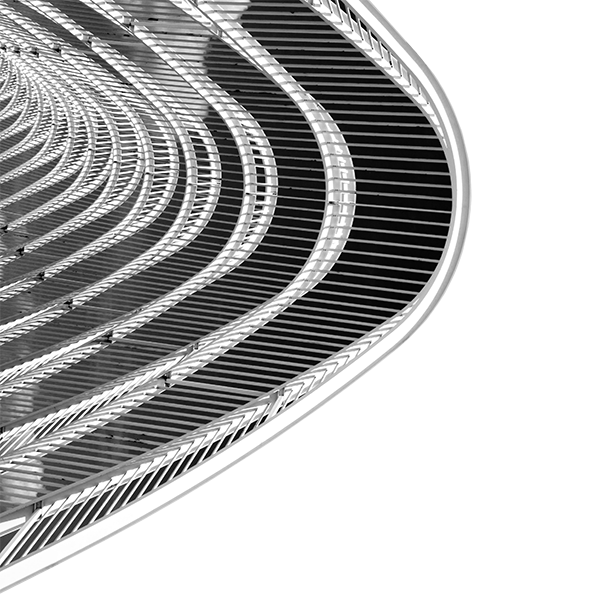EMA Awarded NSF SBIR Grant
Electro Magnetic Applications, Inc. Awarded Competitive Grant from the National Science Foundation
Small Business Innovation Research Program Provides Seed Funding for R&D
Pittsfield, MA, 30 December, 2019 – Electro Magnetic Applications, Inc. has been awarded a National Science Foundation (NSF) Small Business Innovation Research (SBIR) for $225,000 to conduct research and development (R&D) work on the development of the world’s first commercial space radiation effects test facility, and the development of a modern, fully-coupled simulation environment.
With the rapid increase in commercial space activity, increasing complexity of satellites and vehicles, and overall competitive landscape, space radiation tolerance has become one of the most important problems in the entire sector. Accurately producing a realistic space radiation environment via testing and simulation requires complex test and measurement equipment, and a deep understanding of the underlying physics. Building upon work done by government and academia, EMA will look to make this type of testing and simulation readily available and usable by participants in the space industry, which will lead to advances in material performance and safety.
“NSF is proud to support the technology of the future by thinking beyond incremental developments and funding the most creative, impactful ideas across all markets and areas of science and engineering,” said Andrea Belz, Division Director of the Division of Industrial Innovation and Partnerships at NSF. “With the support of our research funds, any deep technology startup or small business can guide basic science into meaningful solutions that address tremendous needs.”
“We’re extremely excited at the prospects of this project. We have worked in the space sector for many years, and the gap in both the capability to simulate and test materials and parts in the space radiation environment has been a huge challenge across the industry. We believe that if we’re successful in this endeavor, the industry will benefit greatly.” – Justin McKennon, Principal Investigator, Principal Scientist I Electro Magnetic Applications, Inc.
Once a small business is awarded a Phase I SBIR/STTR grant (up to $225,000), it becomes eligible to apply for a Phase II grant (up to $750,000). Small businesses with Phase II grants are eligible to receive up to $500,000 in additional matching funds with qualifying third-party investment or sales.
NSF accepts Phase I proposals from small businesses year-round. Small businesses with innovative science and technology solutions, and commercial potential are encouraged to apply. All proposals submitted to the NSF SBIR/STTR program, also known as America’s Seed Fund powered by NSF, undergo a rigorous merit-based review process.
To learn more about America’s Seed Fund powered by NSF, visit: https://seedfund.nsf.gov/
About the National Science Foundation’s Small Business Programs: America’s Seed Fund powered by NSF awards $200 million annually to startups and small businesses, transforming scientific discovery into products and services with commercial and societal impact. Startups working across almost all areas of science and technology can receive up to $1.5 million in non-dilutive funds to support research and development (R&D), helping de-risk technology for commercial success. America’s Seed Fund is congressionally mandated through the Small Business Innovation Research (SBIR) program. The NSF is an independent federal agency with a budget of about $8.1 billion that supports fundamental research and education across all fields of science and engineering.
About Electro Magnetic Applications, Inc.: EMA is a global leader in providing simulation, consulting and measurement services in the technical areas of electromagnetic effects. Specific specialties include lightning direct and indirect effects, high intensity radiated fields (HIRF), precipitation static (P-Static), electromagnetic pulse (EMP), EMI/EMC, spacecraft charging, RF interference, installed antenna performance and radar signature prediction. The company has been in business for over 40 years and is one of the pioneers in using the finite difference time-domain (FDTD) method to solve challenging EMP, lightning and HIRF problems for the aerospace market. More recently, these same techniques coupled with expertise in RF interference are being used to help the automotive community address the challenges of all-electric and autonomous vehicles. EMA is developing a space radiation and weather effects test facility in Pittsfield, Massachusetts that will allow customers to understand the impact of the harsh space environment on their spacecraft.

